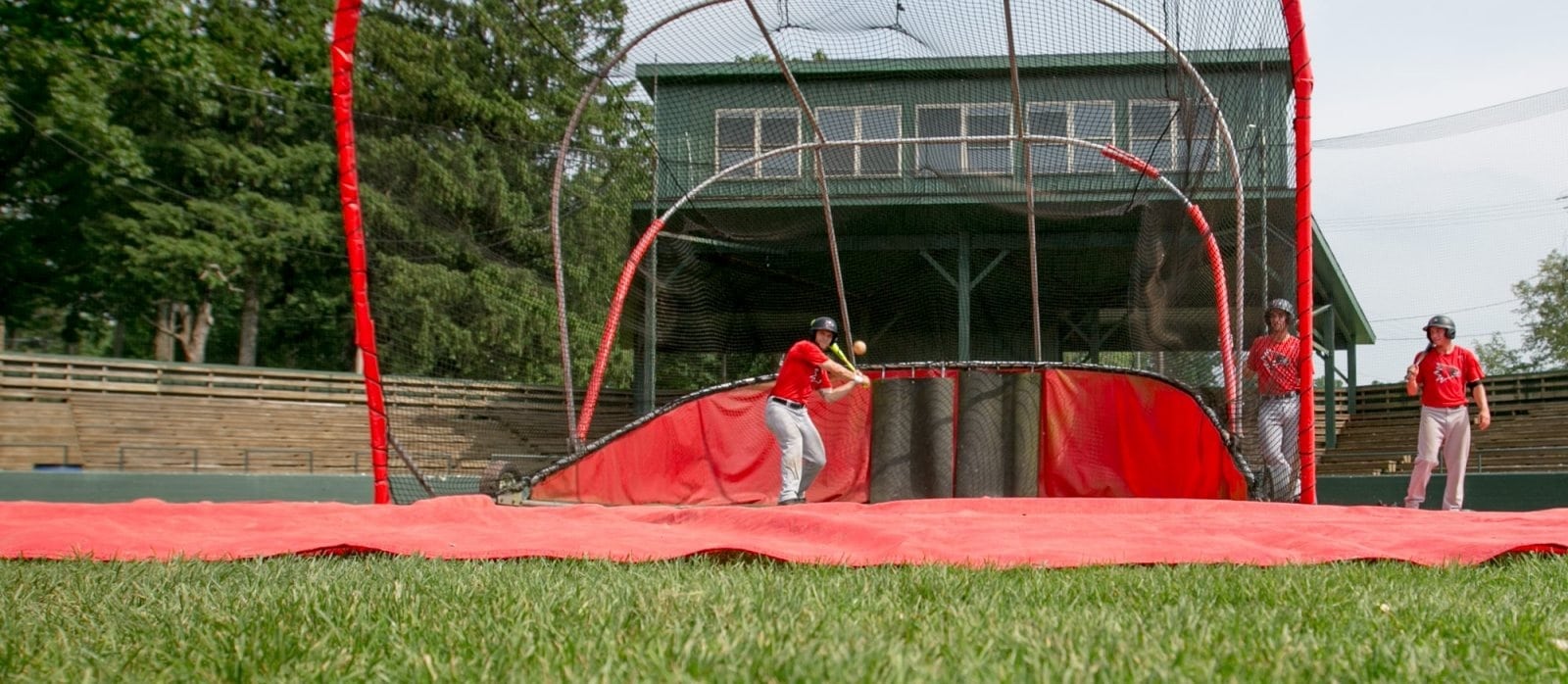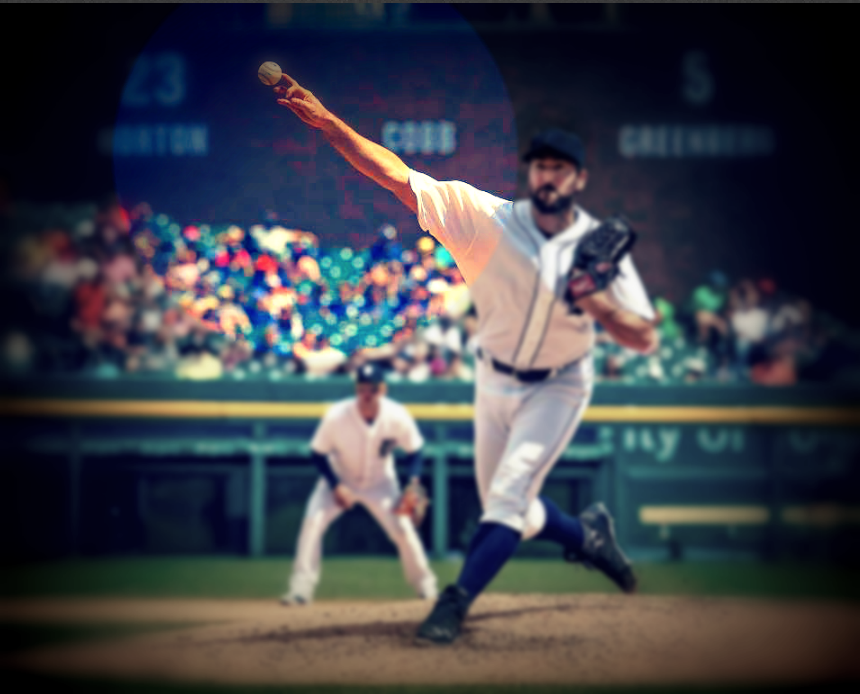
Learning how to focus, or what others might call concentration or paying attention is a critical mental skill set for baseball players. When you are focused or “in the moment”, the game seems to slow down. Sport psychologists often call this “being in the zone” or in a “flow state”. On the other hand when you are not in the zone, the game feels like it is speeding up and you cannot keep up with the pace.
Pressure, or rather perceived pressure, rattles your ability to focus. Instead of the game being in slow-motion, you forget the number of outs, you get late jumps on hit balls, you throw to the wrong base, pitchers start thinking about mechanics, hitters start guessing and hesitating, and the spiral continues. The good news is that you can learn to “re-focus”.
But first a brief lesson on how our mind and body pays attention to the right details at the right time. If you can understand how to control your focus of attention you will be able to make your baseball skills more “automatic”, stop unnecessary thinking, and perform well under pressure situations.
How does your brain process “Attention”. I will borrow from my good friend Dr. Bob Nideffer and his colleagues at “Winning Mind” the true experts on human attention.
Perhaps the best way to help you understand focus or attention is to have you imagine your mind is a TV set with 4 Channels. One channel deals with “Awareness”, a second with “Analysis”, a 3rd with “Problem-Solving” and the 4th “Action”.
Attentional focus has a “broad” and “narrow” field or what is called scope of attention (seeFigure 1). This means we have the capacity to focus broadly and see the big picture (e.g., how the defense has been set up for your time at bat), or narrowly (such as your focus on the pitchers release point).
Human attention also has an “internal” and “external” dimension or direction. Here external means we attend to the outside world you see (e.g. player positioning or pitchers release point, the baseball). Internal refers to the processing that is taking place inside your head (what you are thinking about and the images in your head).

Awareness
The awareness channel combines a broad focus with an external one. This is the “in the moment” concentration that a quarterback uses to read a defense or as a baseball hitter you quickly scan the defensive set up against your “at bat”. You use your awareness channel to read and react to the environment. Is the outfield playing you shallow, is the infield playing in?
Analysis
The analysis channel comes from the same broad scope as awareness, but the direction is internal or in your mind. You use this broad-internal focus when coming up with a game plan, when thinking about many different ideas at once, or when capturing the big-picture from a strategy perspective. Although players use this channel, it is the coaches that primarily use this channel of focus, planning strategies, etc.
Problem-solving
This channel has a narrow-internal focus. You use the problem-solving channel to work through simple problems (like quickly calculating a 15% tip at a restaurant, or quickly visualizing a movement you want to execute.
Action
The action channel is perhaps the most important one for all athletes. This is the channel you must be on in order to execute your skills. You should be locked into a narrow, external focus like you would be doing for Pitch Recognition. As you switch to this channel your “thinking” should stop. There is no time for thinking.
Applying the Four Channels to Hitting in Baseball
A hitter might go through the following steps during a plate appearance:
- You start by going to the Awareness channel to do a quick scan of where the fielders are positioned, and a quick glance at the third base coach for a sign.
- You then switch to the Analysis channel to review your approach at the plate and think about what kind of pitch you should be looking for, given the game situation. With a runner on third base you might want to hit the ball deep to the outfield to score the runner.
- After completing your analysis (that channel switching is done quickly), you then switch to the Problem-Solving channel to see the pitch you want to hit in your mind (you actually visualize the pitch).
- You then quickly move to the Action channel and lock in on the pitcher’s release point, something you have been practicing using the pitch recognition program. You narrow your focus to see the ball and react to a pitch you automatically recognize as hittable. You don’t have to consciously tell yourself to swing. You just swing.
If your mind seems as though it is racing and you want to slow the game down, you can consciously control your focus by switching to an “external” channel. Doing this channel switch changes your perception of time and everything around you slows down.At the plate, that means tracking the ball as soon as you see it in the pitcher’s delivery.
Slowing the Game Down by Automating Your Thinking
Perhaps the best way to slow the game down in your head is to make your thinking automatic. When your thinking becomes automatic, you spend less time searching for answers to your questions. Automatic behavior can only happen through constant deliberate practice, both physically and mentally. Repetition and instant feedback of some type will enable your actions to be more automatic over time.
As your thinking and actions become more automatic you will experience an increase in your confidence and you will worry less. Gone will be those negative thoughts (such as I cannot hit this guy), worry, and anxiety. The game will have seemed to “slow down” and you are in control.
Once again a brief reminder should you lose your focus or concentration. Simply switch channels and go to an “external” focus. Focus on “pitch recognition” and nothing else. The hits will come.






